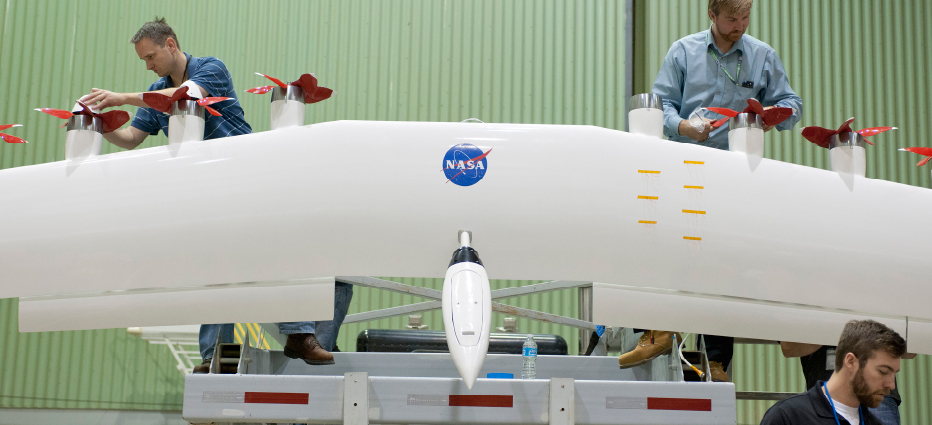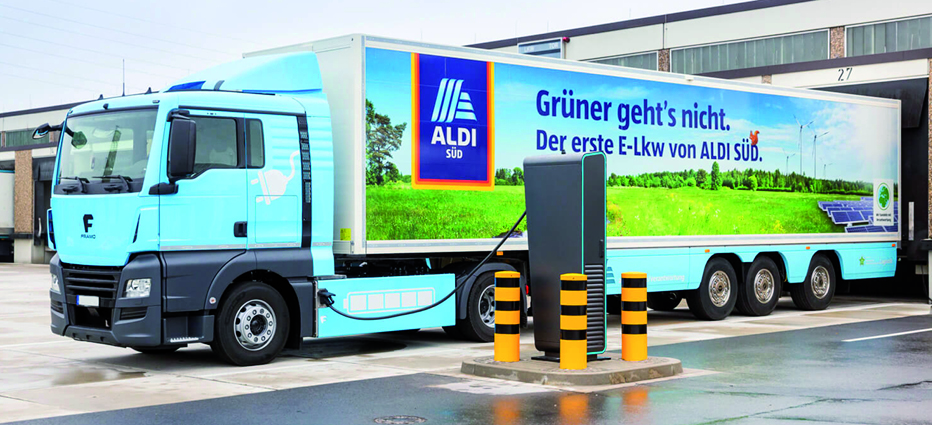
NASA is researching ideas that could lead to developing an electric propulsion-powered aircraft that would be quieter, more efficient and environmentally friendly than today’s commuter aircraft.
The proposed piloted experimental airplane is called Sceptor, short for the Scalable Convergent Electric Propulsion Technology and Operations Research. The concept involves removing the wing from an Italian-built Tecnam P2006T aircraft and replacing it with an experimental wing integrated with electric motors.
An advantage of modifying an existing aircraft is engineers will be able to compare the performance of the proposed experimental airplane with the original configuration, said Sean Clarke, Sceptor co-principal investigator at NASA’s Armstrong Flight Research Center in California. The Tecnam, currently under construction, is expected to be at Armstrong in about a year for integration of the wing with the fuselage. Armstrong flew a different Tecnam P2006T in September to gather performance data on the original configuration.
NASA researchers ultimately envision a nine-passenger aircraft with a 500-kilowatt power system in 2019. To put that in perspective, 500 kilowatts (nearly 700 horsepower) is about five times as powerful as an average modern passenger car engine.
However, to reach that goal NASA researchers intend to fly the Aeronautics Research Mission Directorate-funded Sceptor in about two years. Progress in three areas is happening now to enable that timeline, Clarke said.
Those areas include testing of an experimental wing on a truck, developing and using a new simulator to look at controls and handling characteristics of an electric airplane and verifying tools that will enable NASA’s aeronautical innovators to design and build Sceptor. Sceptor also is part of NASA’s efforts to help pioneer low-carbon propulsion and transition it to industry.
The first area is the Hybrid Electric Integrated Systems Testbed, or HEIST, an experimental wing initially mounted on a specially modified truck. It is used for a series of research projects intended to integrate complex electric propulsion systems.

Team members of the Leading Edge Asynchronous Propeller Technology Ground Test team.
Team members of the Leading Edge Asynchronous Propeller Technology Ground Test team include from left Brian Soukup, Sean Clarke, Douglas Howe, Dena Gruca, Kurt Papathakis, Jason Denman, Vincent Bayne and Freddie Graham.
The testbed functions like a wind tunnel on the ground, accelerating to as much as 73 mph to gather data, Clarke explained. Researchers have used the testbed to measure lift, drag, pitching moment and rolling moment that can validate research tools, Clarke said.
Jay Levine, X-Press editor
NASA Armstrong Flight Research Center
Credits: NASA Photo / Tom Tschida